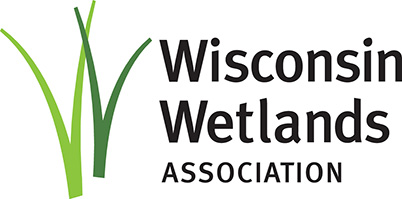
The latest wetland news
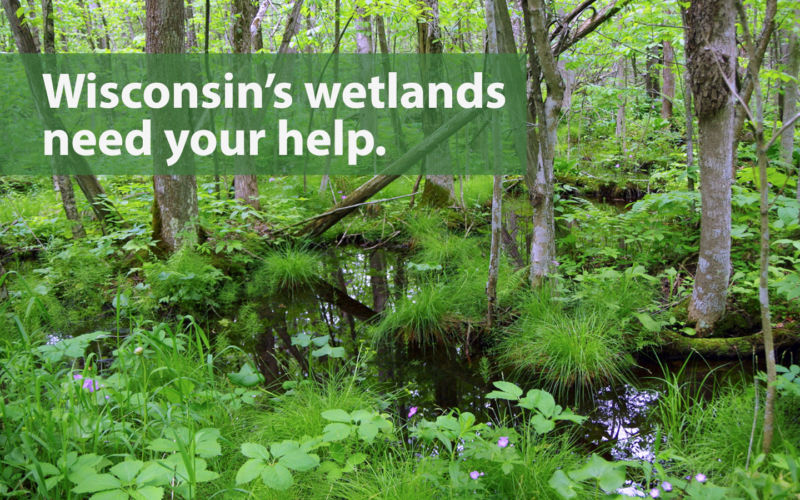
Stand up for wetlands: Hearing Dec. 21st
Wisconsin’s wetlands urgently need your help.
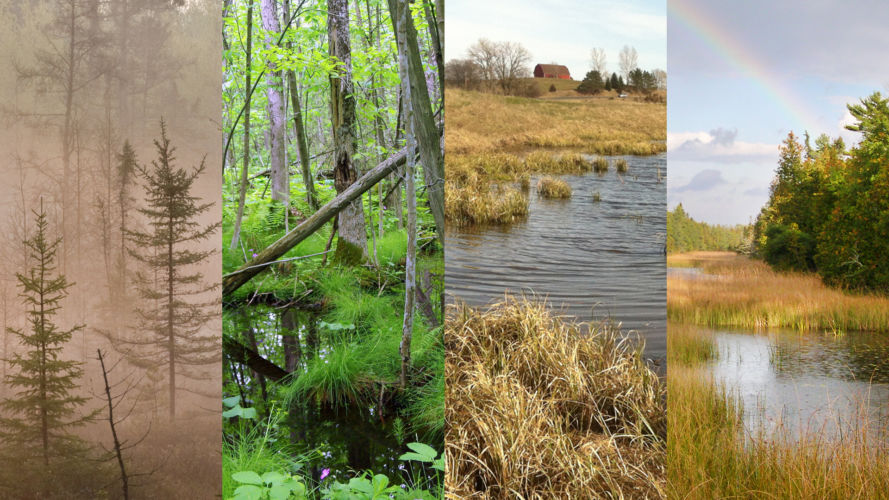
Your voice needed: Hearing Dec. 21st!
This hearing is critical. Protecting our state’s wetlands depends on you!
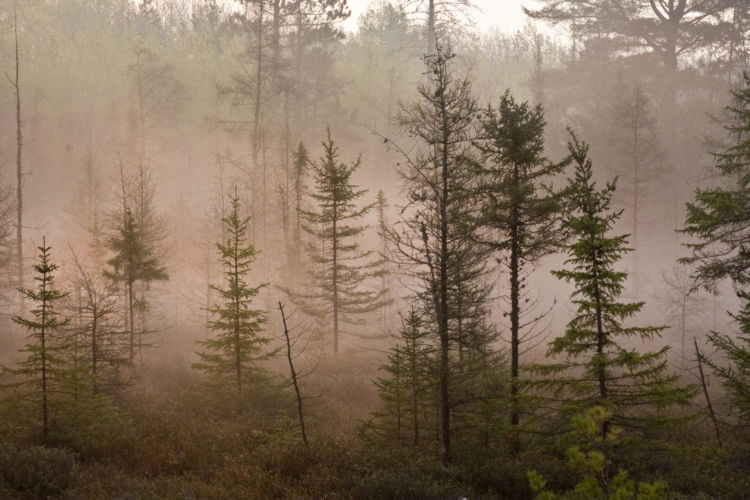
Myth-busting misconceptions about “isolated” wetlands
Even small wetlands are crucial to the health of our land, water, wildlife, and communities.
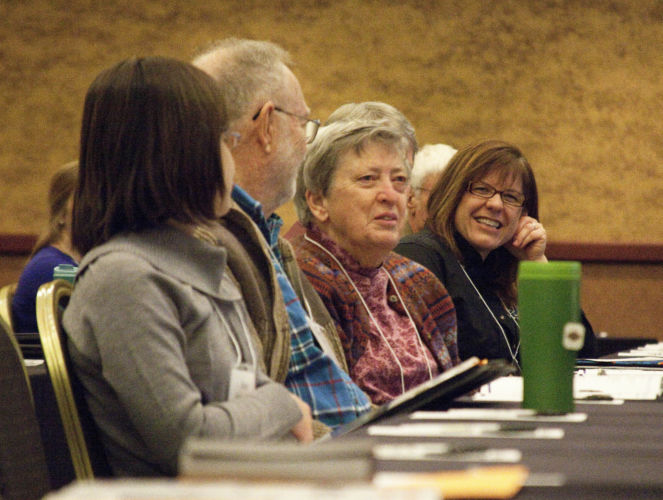
2018 Wetland Science Conference program announced
The full program for our 2018 Wetland Science Conference is now available!
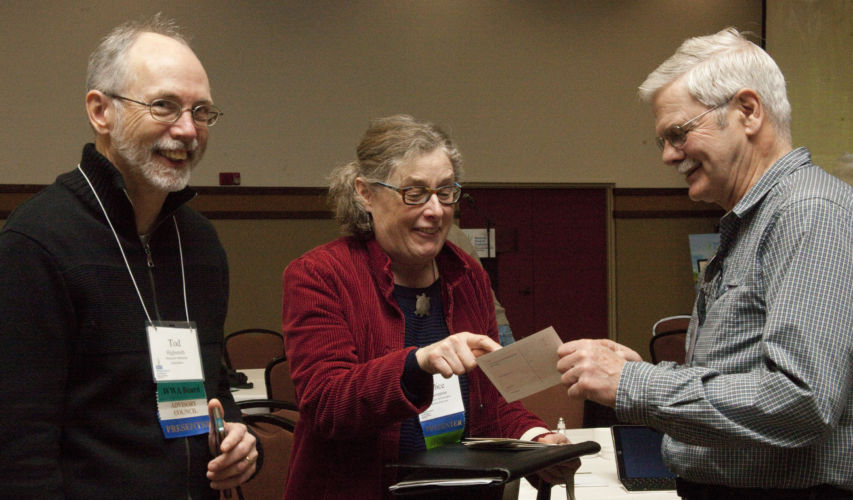
2018 Annual Membership Meeting
All members of Wisconsin Wetlands Association are invited to join us for the 2018 Annual Membership Meeting! February 20th, in Oconomowoc.
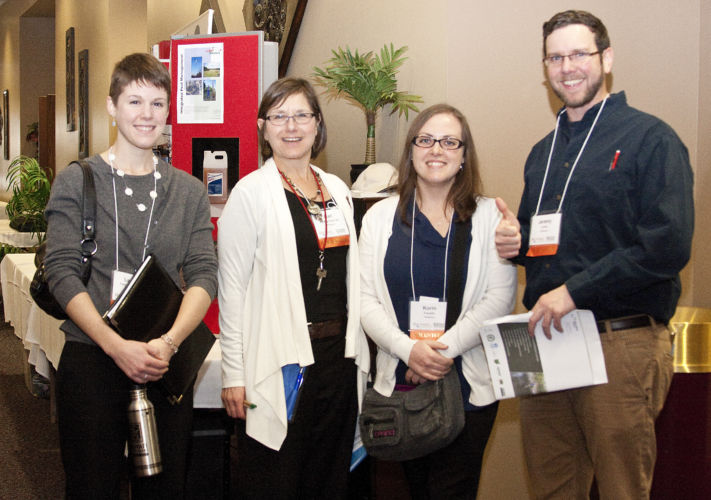
Registration now open for 2018 Wetland Science Conference
Registration is now open for Wetland Resilience, the 23rd annual Wetland Science Conference, February 20-22, 2018, in Oconomowoc, Wisconsin.

How does your support of WWA help wetlands?
Membership support is the largest single source of our annual revenue and allows us the freedom and flexibility to protect the wetlands of Wisconsin in the ways they need most.

9 wetland monsters from world folklore
Do wetlands scare you? Does squishy, boot-sucking mud give you the willies? Tales of malevolent beings or spirits in wet and mucky places are found the world over.
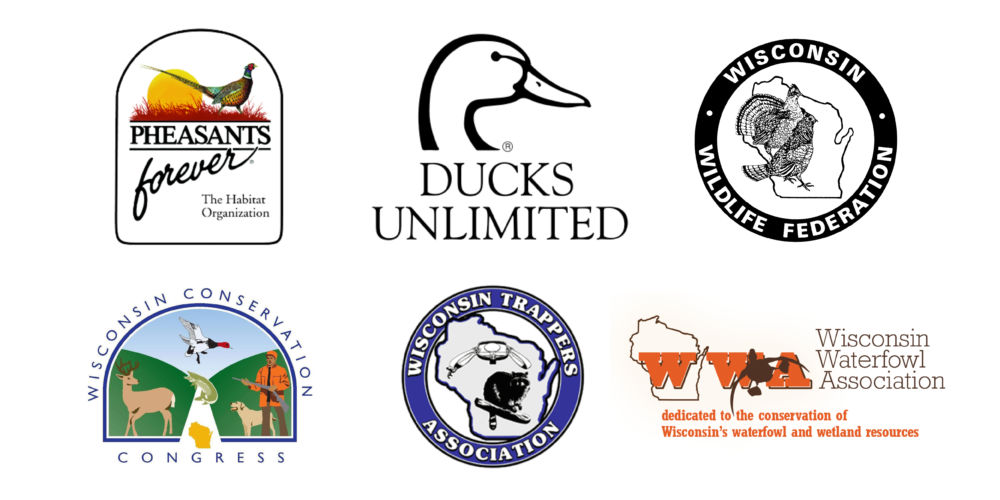
Sportsmen stand up for wetlands
“The proposed bill is extremely damaging to the hunting, fishing and trapping community.”
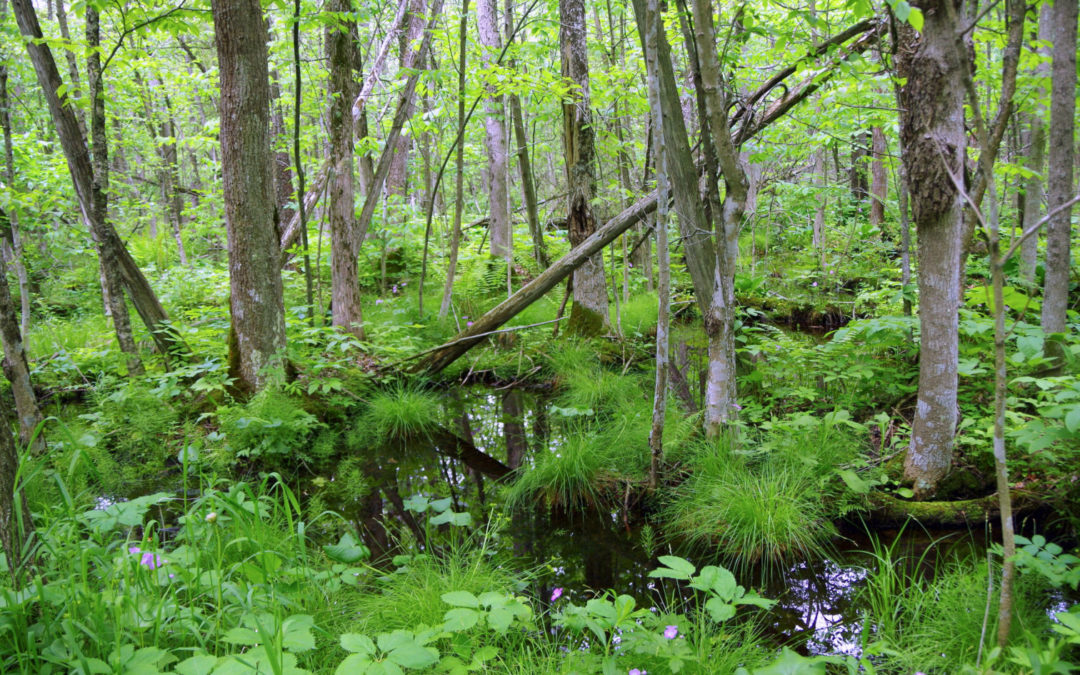
Small wetlands make big impact
Do you appreciate clean water and flood protection? If you do, then you need to pay attention to wetlands—even the small ones—because wetlands are some of the most important features on our landscape when it comes to providing flood protection and clean water for you and your community.
